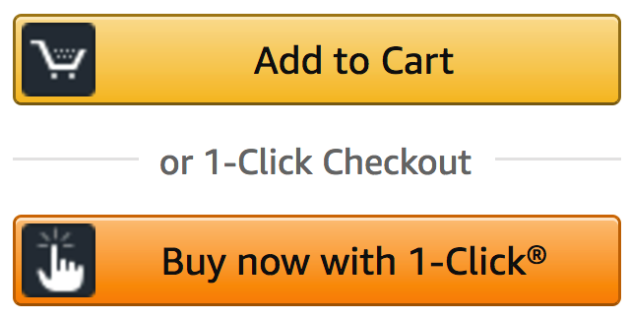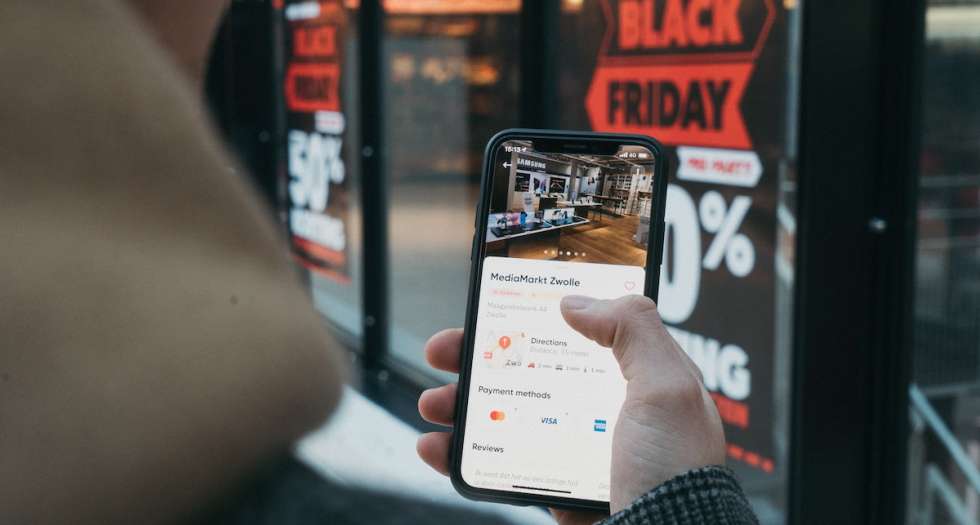Positive web experiences demand great visuals. We like to see beautiful things, pretty designs, and layouts that command attention. We don’t have time to look at what isn’t pleasing even if there’s a wealth of important information in it. And your initial decisions regarding eCommerce Website Design can have a large impact on the success of your website.
Besides, people aren’t patient anymore and will judge your brand in less than three seconds. If you want to hold the audience’s attention and get them started on their shopping journey, you have your work cut out for you.
This work will essentially focus on the design and usability of your eCommerce website. With the addition of mobile commerce, enterprises must find a way to unify user experiences (UXs) following the latest e-commerce UX design trends and best practices.
However, when it comes to the design of online retail platforms, there are two challenges, namely, technology and people (or how they use it). This scenario comes down to leveraging technology and making it user-friendly to retain, sell, and cross-sell (and up-sell).
Booming online retail platforms find a perfect balance between the two. But to get there, you have to first overcome the top seven challenges of eCommerce website design.

Challenge #1: Identifying and Choosing the Right Tech
Sometimes eCommerce platforms get it wrong. For example, they might choose the wrong technology (for the CMS) or partner with the wrong developer. Either way, it leads to a lot of unnecessary expenses.
If you don’t have an online shopping platform, take some time to research and determine which technology will help you achieve your present and future business goals. If you lack the technical expertise in-house, you should engage a third-party development partner (with a proven track record).
Your eCommerce Website Design decisions you make right now will have an impact on future business endeavours. For example, if you don’t choose the right CRM system, shopping cart solution, and analytics and automation tools, you risk losing a competitive advantage.
It’s also important to consider your future plans. For example,
if you want to enable augmented shopping experiences in a few years, pick a CMS that allows seamless integration with such interfaces and channels now and avoid additional expenses down the road.
Challenge #2: A Mobile Responsive Design
Are you reading this blog post on your phone?
If you are, you’re part of the majority. Almost everyone connects to the online universe through a mobile device, and your eCommerce platform and design must be ready to accommodate all of them.
As such, your online retail presence should be highly responsive and device agnostic. It must enable seamless journeys across devices before the final purchase decision is made. The key here is to ensure that your site is highly responsive and fast loading at all times.
The best approach is to focus on the ideal UX to map out the perfect customer journey. This makes it vital to have fantastic UX specialists on-board.
Challenge #3: Building Trust
Building loyalty and trust is critical to remain profitable in a crowded marketplace. Building trust depends on a number of different factors like fast load times, seamless navigation, transparency, product reviews, and of course, trendy web design.
If your website looks like it was built a decade ago, chances are you’ll lose your audience (even if you offer great deals and discounts).
The primary objective here is never to give your visitors an excuse to leave.
When online businesses make a great first impression and get visitors to return, it’ll help bridge the gap between the search engine results and their perceptions. If you rank higher than your competitors, it’s a strong indicator that your business is trustworthy and a safe environment to share personally identifiable data (while completing a purchase).
It’ll also be a good idea to optimise your SEO campaigns with keyword-rich blogs and advertise content that provides real value to your customers. For example, it could be a video about how to put together a perfect outfit for a dinner party with your latest collection.
Challenge #4: Seamless Multichannel Shopping Experiences
People today consume more content than ever before through multiple channels. When they search for a related product, they’ll come across your content and that of your competitors. However, make sure that it’s also discoverable through social media channels and virtual assistants like Alexa and Siri.
You need to be present and engaging potential customers wherever they are. This engagement should be relevant to the channel and seamless when making direct purchases through their platform.
To achieve this, you have to go back to the first challenge—identify and choose the right tech stack.
Be sure to invest in a flexible CMS that lets you do everything from a centralised platform.
Challenge #5: Keep Your eCommerce Site Informative yet Fast Loading
If your website is already fast loading and responsive, the next step is to maintain speed while adding informative content. Once you start to publish more and more content on your eCommerce site, it will directly impact loading times.
Often, a growing number of products demand additional plugins to display the details correctly. This adds to the burden on the backend.
It’s critical to follow the two-second rule here. If a website takes more than three seconds to load, you’re probably going to lose your audience. Strive to maintain a two-second loading time for all pages, across devices.
Challenge #6: Reaching and Retaining the Right Customer
While it’s important to localise your product offering to where you’re based (like your city or country), you don’t have to stick to it. With online shopping, the whole planet can be your target market. However, this approach works best for niche products.
While you can sell to the world, make sure that your customers can make purchases in their own currency. You’ll also have a better chance at closing the deal if your website engages them in their native language.
Targeting different people from different backgrounds and cultures isn’t easy. You have to strategize and run various campaigns to attract them. But it doesn’t stop there as you can personalize their UX by focusing on their insights from previous engagements.
Again, we have to go back to challenge one and choose a technology that accommodates payment gateways in multiple currencies and a CMS that enables the creation of multilingual experiences.
Challenge #7: Creating CTAs That Attract and Boost Conversions
Your Call to Action (CTA) design must define what the UX is all about. You can either inform your visitors or encourage them to move down the sales funnel. For example, Amazon follows one of the simplest yet effective CTAs that’s noticeable because of their font and colour.

It’s a good idea to use conventional buttons that people are used to. They demand action with phrases like “Add to Cart” or “Buy now with 1-Click.” This approach helps boost your conversion rate while keeping the shopping platform user-friendly.
Don’t Forget Security
Cybersecurity isn’t a challenge per se for eCommerce Website Design, but it can be if you choose to make it an afterthought.
While working to overcome the challenges above, it’s vital not to make privacy and security a thread that binds everything together.
Build privacy and security protocols right into the eCommerce platform and encrypt all customer data. Leverage robust cybersecurity tools wherever possible to protect your infrastructure.
Security threats are rapidly evolving and becoming more sophisticated in real-time, so retail platforms must rise to the occasion and protect their infrastructure proactively. While it’s important to purchase an SSL certificate, it’s also crucial to take steps to maintain GDPR compliance.
Like many other challenges listed above, it all comes down to picking the right tools and technology. When you have the right tech stack in place, everything else will come together seamlessly.
As online shopping continues to dominate the retail sector, enterprises must overcome the challenge of using technology correctly to connect with people and convert them into customers and returning visitors.
Do you need help updating your eCommerce platform or building one from scratch? We can help, schedule a commitment-free consultation now.


